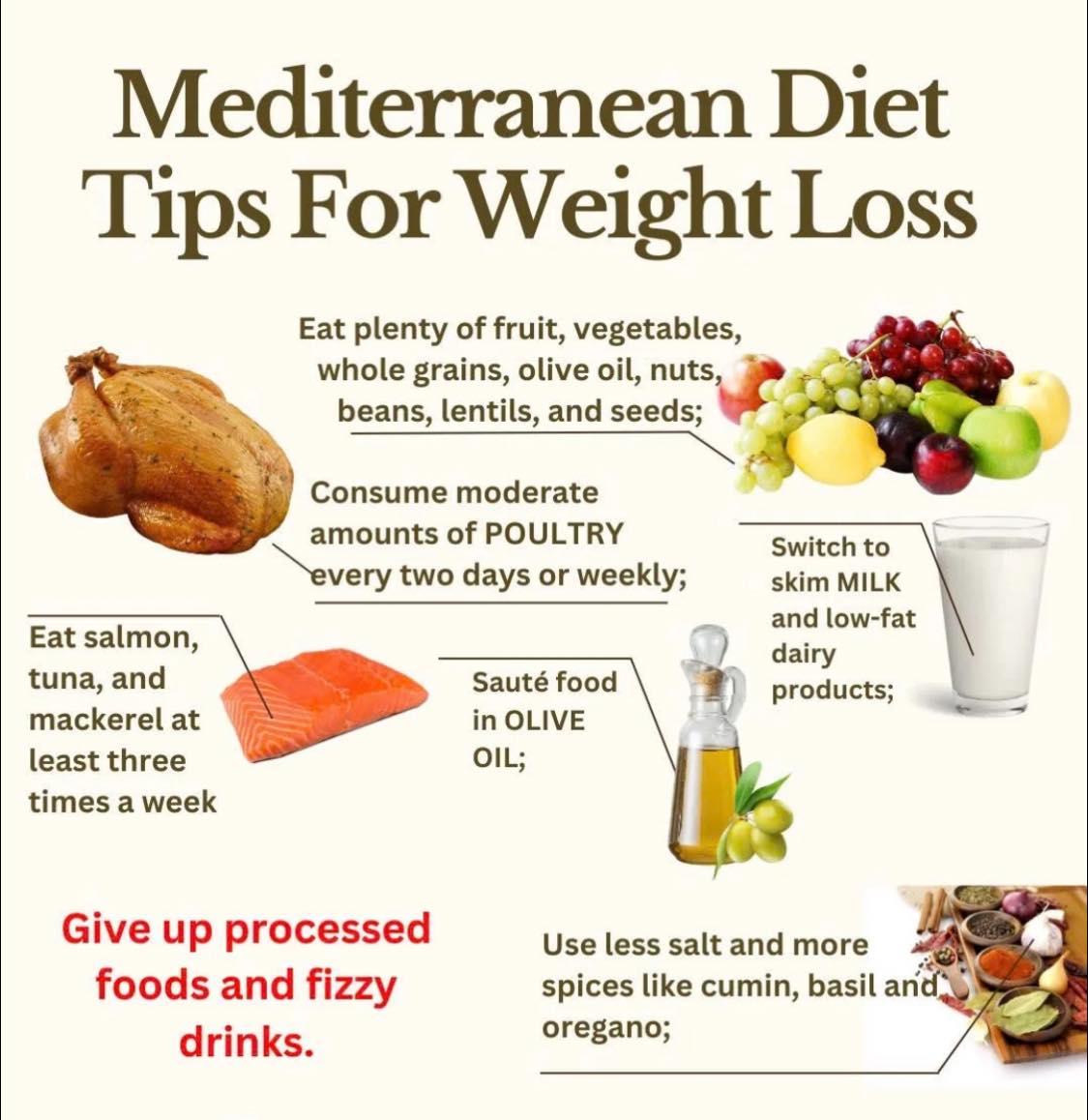ADVERTISEMENT
### 3. **Tips for Meal Prep and Time-Saving**
Meal prep can save you time during the week and help you eat healthier, more balanced meals. Here are some tips for efficient meal preparation and storage:
#### a. **Plan Your Meals in Advance**
Creating a meal plan for the week can prevent you from reaching for unhealthy takeout or relying on last-minute meals. Dedicate a few minutes each week to plan out breakfast, lunch, and dinner for the next few days, and make a shopping list to avoid impulse buys at the grocery store.
#### b. **Cook in Batches**
Batch cooking is a great way to save time and effort during the week. Prepare large batches of grains, beans, soups, or stews, and portion them into containers for easy reheating. Make sure to store cooked meals in airtight containers to preserve their freshness.
#### c. **Pre-chop Veggies and Proteins**
Spend time chopping vegetables or marinating proteins before the week starts. Store them in separate containers in the fridge, and they’ll be ready to toss into a salad, stir-fry, or any other dish in no time. This minimizes prep time during busy evenings.
#### d. **Utilize Freezer-Friendly Meals**
There are many dishes that can be frozen for later use, such as soups, sauces, casseroles, and stews. Freezing meals in individual portions helps you defrost and enjoy a homemade meal even when you don’t have time to cook. Label your containers with the date and contents for easy identification.
### 4. **Cooking for Special Dietary Needs**
Whether you’re cooking for a family member with dietary restrictions or following a special eating plan yourself, it’s important to know how to modify recipes to meet those needs. Here are some tips for cooking meals that accommodate specific diets:
#### a. **Gluten-Free Cooking**
For gluten-free meals, be sure to substitute gluten-free flours, pasta, or bread when necessary. Look for whole grains like quinoa, rice, and millet, which are naturally gluten-free. Additionally, ensure your spices, sauces, and processed foods do not contain hidden gluten.
#### b. **Vegetarian and Vegan Substitutions**
Substitute animal-based ingredients with plant-based alternatives to make a dish vegetarian or vegan. Use tofu, tempeh, or seitan in place of meat, and consider using nut or soy milk in place of dairy products. For a creamy texture, try coconut milk or cashew cream. Nutritional yeast can be a great dairy-free alternative for cheesy flavors.
#### c. **Low-Carb or Keto Cooking**
For low-carb or keto-friendly meals, focus on vegetables, meats, seafood, eggs, and healthy fats like avocado and olive oil. Replace high-carb ingredients like pasta, rice, and potatoes with cauliflower, zucchini noodles, or shirataki noodles. Be mindful of hidden sugars in processed foods.
### 5. **Essential Kitchen Tools for Success**
A well-equipped kitchen makes cooking easier and more enjoyable. Here’s a list of essential kitchen tools that every cook should have:
For Complete Cooking STEPS Please Head On Over To Next Page Or Open button (>) and don’t forget to SHARE with your Facebook friends
